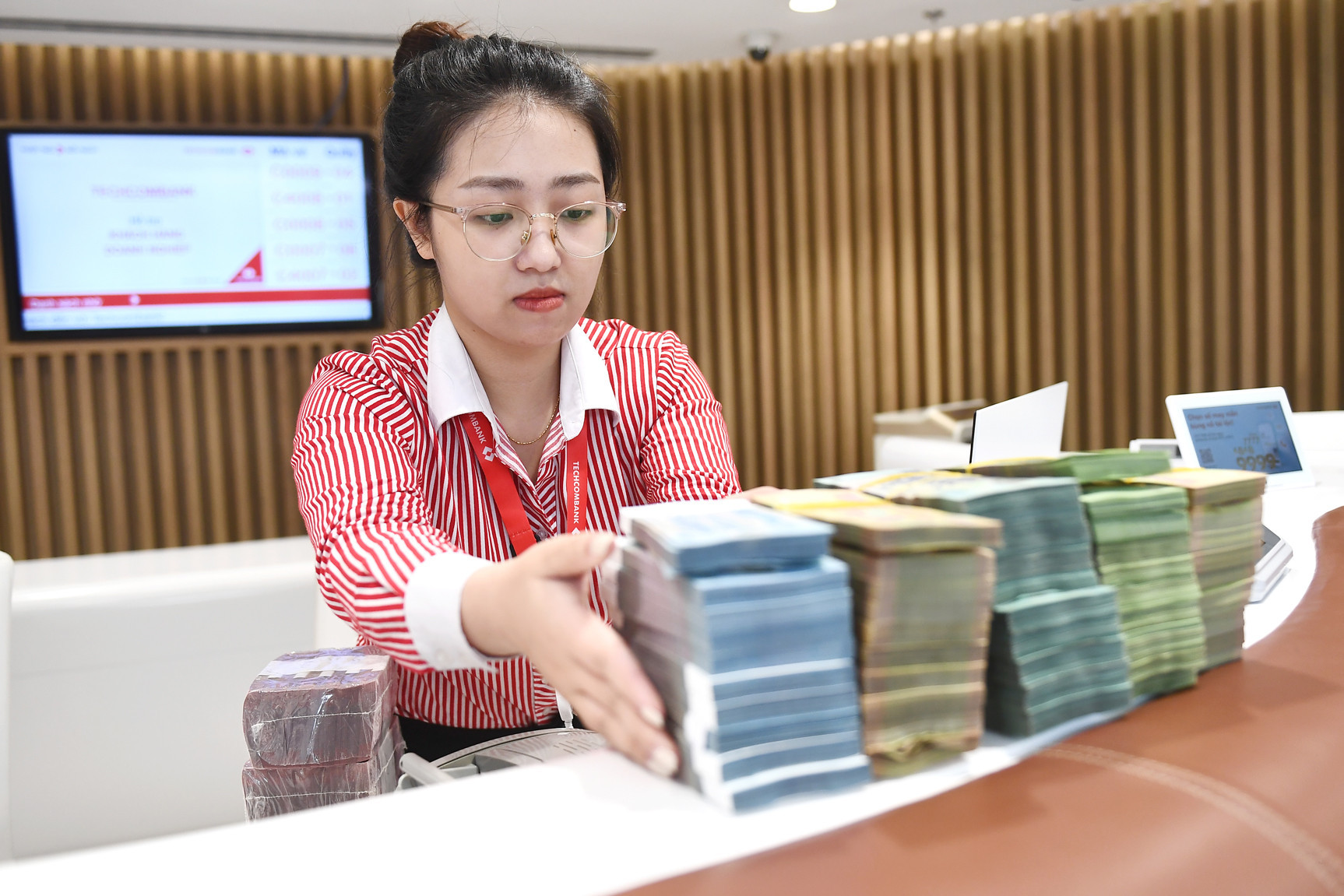The exclusive insurance distribution agreement between Techcombank and Manulife officially ended on October 14, leading Techcombank to compensate its partner with 1.8 trillion VND ($73.7 million).
The termination of the partnership marks the end of a seven-year relationship between Techcombank and Manulife, which began in September 2017, despite the initial 15-year agreement.

During a meeting with individual investors to share Techcombank's business results for the first nine months of 2024, held on October 23, Nguyen Thi Thu Trang, Senior Director of Corporate Financial Management at Techcombank, announced that the bank and Manulife had officially ended their exclusive insurance distribution agreement as of October 14, 2024.
As a result, Techcombank paid Manulife 1.8 trillion VND, which will be recorded in the bank's financial statements for the fourth quarter of 2024.
Nguyen Thi Thu Trang affirmed that the 1.8 trillion VND payment to Manulife would not affect Techcombank's profit plan for 2024.
"We are confident that we will achieve the profit targets approved by the General Meeting of Shareholders for 2024. This agreement opens new opportunities for the bank to redefine its insurance strategy, aiming to optimize benefits for shareholders," Trang stated.
Further elaborating on the matter, Nguyen Anh Tuan, Head of Retail Banking at Techcombank, assured that the bank continues to ensure all conditions and quality services for customers who have purchased life insurance through Techcombank.
Tuan also revealed the reasons for ending the partnership between Techcombank and Manulife: "Due to changes in the Insurance Business Law, both sides decided to part ways. This opens new business opportunities, and we believe it will bring many prospects for Techcombank in the future," he said.
According to Tuan, fee income remains a crucial segment that Techcombank prioritizes. In the first nine months of the year, the bank's fee income reached nearly 8.3 trillion VND, mainly from investment banking and insurance fees. This demonstrates the bank's ability to find unique approaches even in the most challenging market periods.
Nguyen Anh Tuan noted that Vietnam's life insurance market still holds tremendous potential. Approximately 80% of Techcombank's customers express a strong interest in life insurance, which remains a core segment for the bank. There are many interested partners, and Techcombank will focus on establishing new collaborative models in the coming period.
Notably, Tuan shared that in early October 2024, Techcom Non-Life Insurance Company (TCGIns) was established, with Techcombank holding an 11% stake.
This hints at a potential new strategy for Techcombank to develop insurance services. It is possible that the bank will sell life insurance to customers through this newly established company. This approach is similar to VPBank, which recently expanded its service ecosystem with OPES Insurance, a subsidiary of VPBank.
Although Techcombank did not record any extraordinary fee income in Q3 compared to Q2, fee income for the first nine months of the year rose by 17%, with insurance service fees up by 30% year-on-year.
Regarding the overall business performance for the first nine months of 2024, Nguyen Thi Thu Trang noted that Techcombank's pre-tax profit increased by 24% year-on-year, reaching 22.8 trillion VND, equivalent to the bank’s total pre-tax profit for all of 2023.
Of particular note, the bank's CASA (current account savings account) ratio remained the highest in the sector at 40.5% as of the end of September. Additionally, all of Techcombank’s payments via Napas ranked first in the market for both incoming and outgoing transactions.
Amid rising deposit interest rates in Q3, maintaining a high CASA ratio along with low-cost passive income accounts helped reduce cost pressures for the bank.
In terms of asset quality, the bank’s Q3 provision expenses stood at 1.1 trillion VND (down from 1.6 trillion VND in Q2). Non-performing loans (NPLs) continued to stay below 1.5%, which aligns with the bank’s target, while the NPL coverage ratio slightly increased to 103%.
Tuan Nguyen